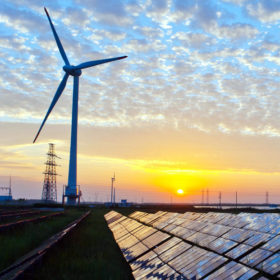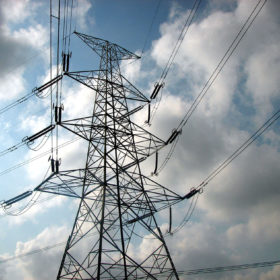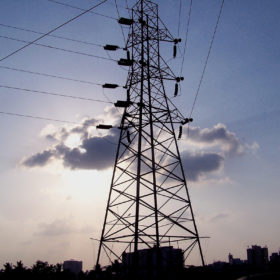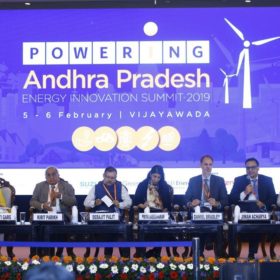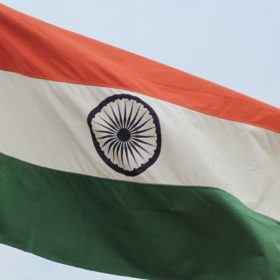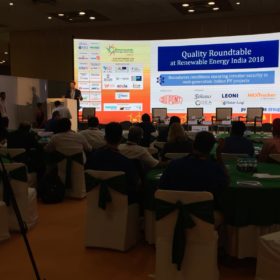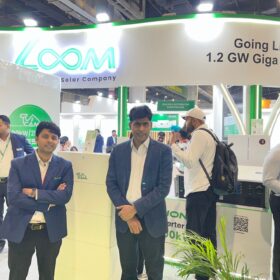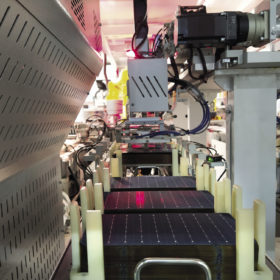India presents a $500-700 billion opportunity in renewables: IEEFA
The ambitious renewable energy target of 523 GW by 2030, coupled with conducive government policies announced recently, will pave the way for increased renewable investment in the coming decade.
Rooftop solar needs greater push to reach 2022 target: IEEFA
Policy certainty and more financial subsidies would incentivise the market, as would support for domestic manufacturing and simplifying the net metering application process.
Tata Power exemplifying the Indian energy transition: IEEFA
The private-sector integrated power company will cease to build new coal-fired capacity. Instead, it eyes 70% of new capacity additions coming from solar, wind and hydro through to year 2025.
India will add 144 GW renewables by 2022, exceed 275 GW by 2027: IEEFA
Given the existing trajectory of wind, solar and other renewable sources, India will reach 144 GW renewable energy capacity by FY2021-22—not far from the aspirational 175 GW target set back in 2015. This places India on track for exceeding its 275 GW target in 2027.
India to open bids for $5bn of new transmission line capacity
In response to feedback from the domestic renewable energy sector, the Indian government has revealed plans to launch $5 billion of tenders for new transmission lines, starting in phases from this summer.
Developing an energy sector vision in Andhra Pradesh – IEEFA India
Situated in south-east India, the state of Andhra Pradesh is a leading producer of renewable energy with 7.2 GW of installed capacity as of December 2018. The state’s share of renewable energy as part of total capacity has trebled in the last four years from 11% in 2014 to 30% in 2018.
Haryana gives farmers solar connection option for tubewells
State owned Dakshin Haryana Bijli Vitran Nigam (DHBVN) has asked 1,703 farmers from Faridabad, whose applications for new tubewell connections up to 10 BHP are pending, to give their choice for off-grid solar connections from the Haryana Renewable Energy Development Agency or grid connections from the DISCOMs, reports The Tribune.
Flexing India’s energy system
India has set exceptionally ambitious renewable energy targets including 175 gigawatts (GW) of renewables by 2022, 275GW by 2027, and to achieve 40% of electric power installed capacity from non-fossil fuels by 2030. India seeks to tender another 80GW of renewables in total over the coming two years.
India would gain from differential electricity tariffs
More flexible prices during peak periods would incentivize the use of energy during times of lower demand and reduce the burden on the grid, according to a report by IEEFA. Day-ahead market pricing would better incentivize variable generation to ‘kick in’ at times of peak demand.
Video: Quality Roundtable REI 2018
pv magazine’s Quality Roundtable at this year’s Renewable Energy Expo India (REI), attracted analysts and experts from across the industry, who gathered in Greater Noida to discuss the challenges and opportunities present in the massive Indian solar market.


